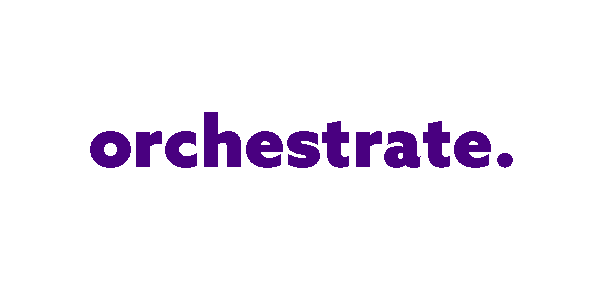A common question we hear is ‘what is growth marketing’ and ‘isn’t that the same thing as digital marketing’? As there are a lot of varied opinions, we thought it might help to answer this question by providing an insight into our mindset.
We see digital marketing as a set of marketing tactics that are applied across digital channels for the purpose of reaching customers. Run a social promotion, send out an email blast, run a Google Adwords campaign with a group of keywords, ad network inventory to name a few. You are likely to see early returns which will likely diminish over time.
In contrast, growth marketing is a marketing mindset that places a high value on goal-setting, data analysis, testing and experimentation. We are not the buyer and we therefore need to learn from the behaviour of our buyer by experimenting with different content, channels and strategies frequently testing, referring with results to incrementally determine how to best optimise marketing spend. I guess you’d say growth marketing is an analytically minded function that focuses on the data side of marketing over the creative aspects.
Planning to fail
Failure is the quickest way to gain valuable insights. While orchestrated experiments are aimed to improve processes for growth and scaleability, failure is embraced. If an orchestrated play doesn’t produce the desired outcomes, the next iteration is planned and ready to go.
Thanks to technology, we learn in real-time. It is fast and requires constant attention.
Test and analyse everything
A/B and conversion rate testing enable us to develop experiments around what content is seen and when by different user segments, and using the results to develop highly optimised orchestrations for each individual user segment, as a cohort or going down to individual level in some cases.
Relentless pursuit of results
A sense of urgency and relentless focus on getting results are key ingredients. There are no ‘set and forget’ strategies that simply burn through the budget and hope for the best. Growth won’t come overnight so you must be patient and invest time in the process.
Example of growth marketing
So, we’ve discussed the required mindset but how does that look in the sense of a basic campaign. Say, your goal is to acquire more leads and improve conversion rates.
This is a basic top of the funnel engagement, if you aren’t doing this, you need to. All the visitors in the world don’t mean anything if they aren’t being converted into marketable leads. Here are a set of key areas you could look to optimise.
Conversion rate
What is the overall conversion rate of people coming to your site through any avenue? You should give extra scrutiny to any pages that have significant drop-offs compared with other parts of the site.
Landing page conversion rate
What is the conversion rate of users who hit your main content landing page? There are many ways to optimise here, such as tinkering with copy, design, and layout.
An interesting area to experiment maybe in the length of the headline for content you display on a landing page. For example, it’s been shown that shorter, punchier headlines generally perform better.
Blog/Email Subscription
Are you producing compelling, engaging content that people actually want to read? That needs to be your first priority. For an example a blog that genuinely talks to a buyers challenge that they get a lot of value out of will engage.
If you are already creating good content, you then want to make sure it is driving the actions you want? You can figure this out by analyzing things such as the click-through rate, subscriber growth, and shares.
Something to takeaway
Today, we have the tools and technologies to make every marketer a growth marketer. Your focus should be on continually testing and optimizing for higher engagement and a better customer experience, using strategies to attract customers based on highly personalised preferences. Make sure that, as you experiment with new strategies, you’re constantly collecting data as you go, so that you can build, test, and iterate along the way to continually enhance the customer journey.


